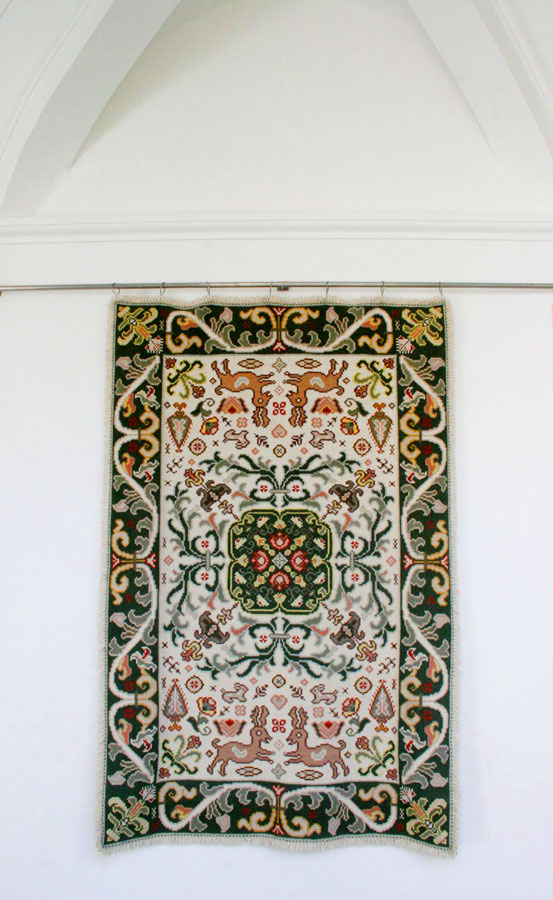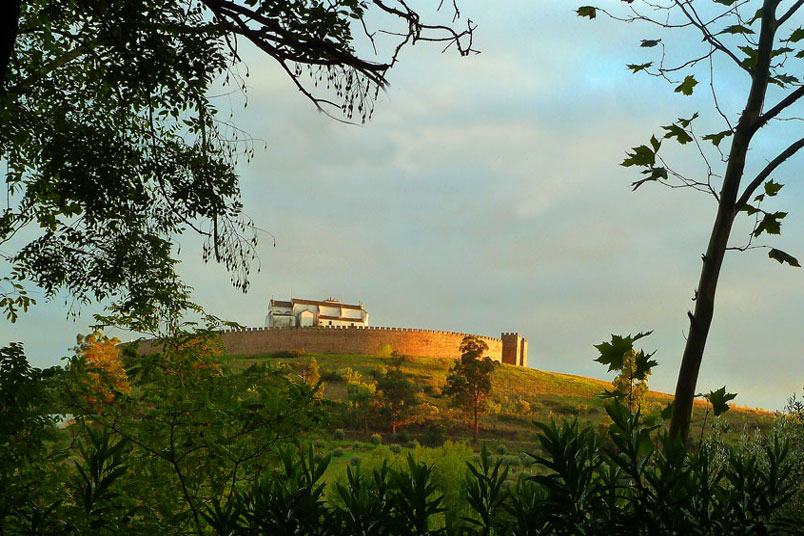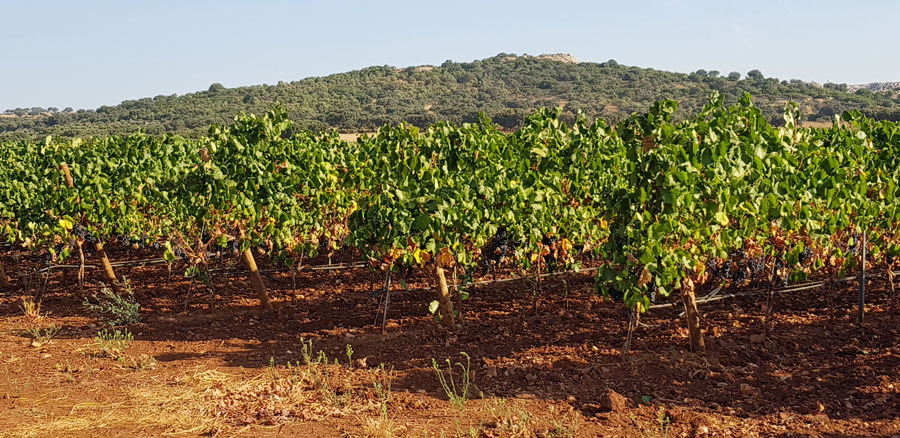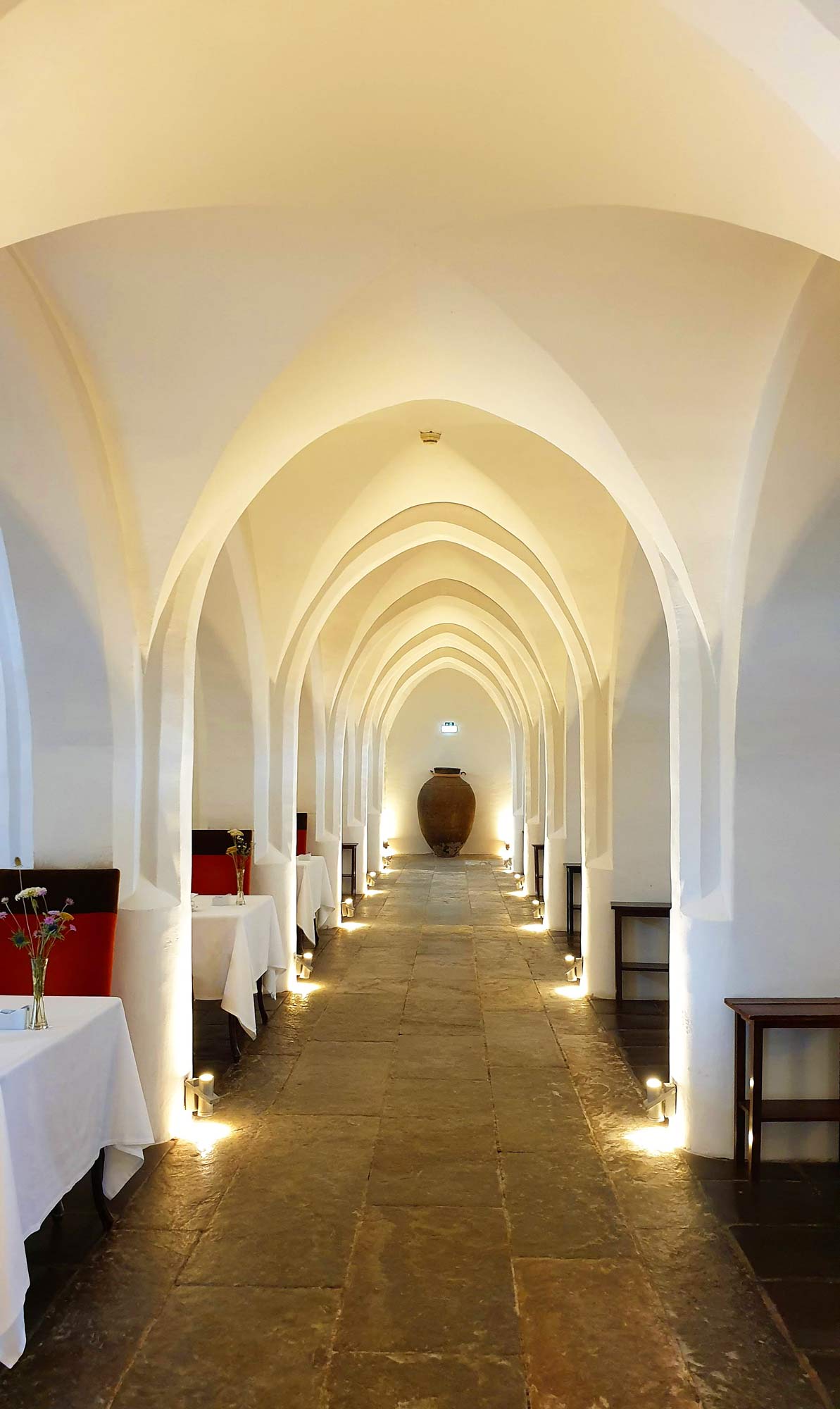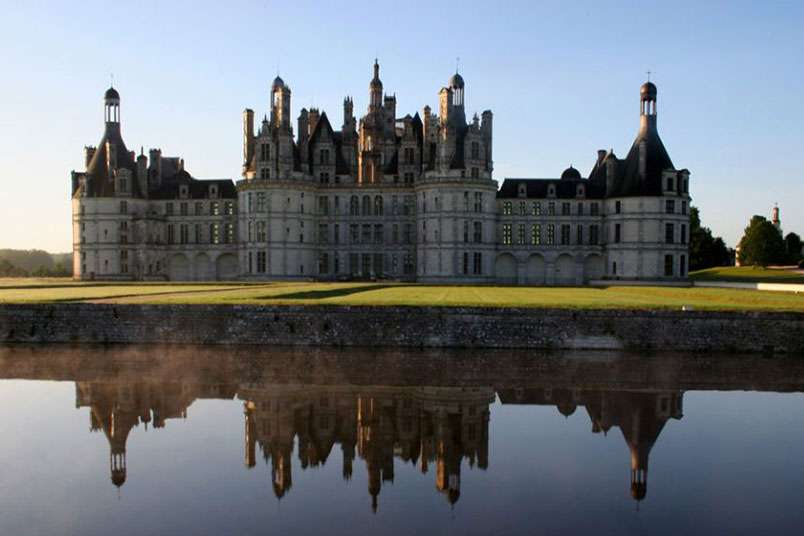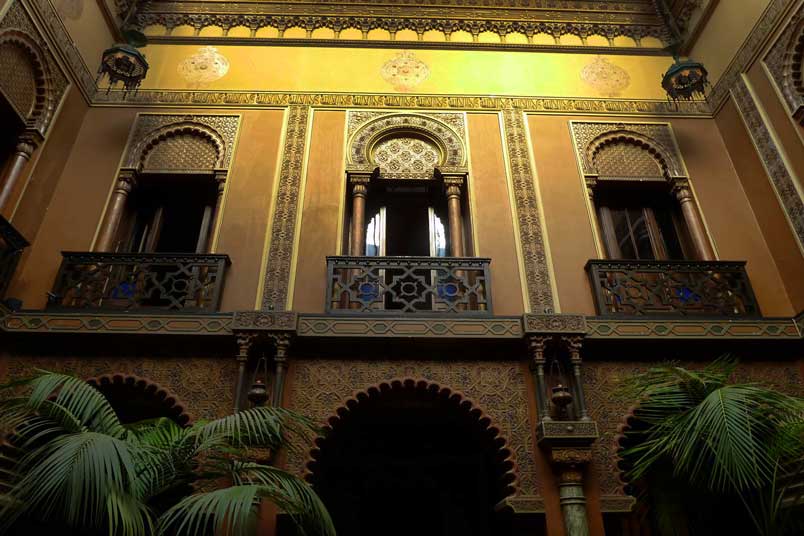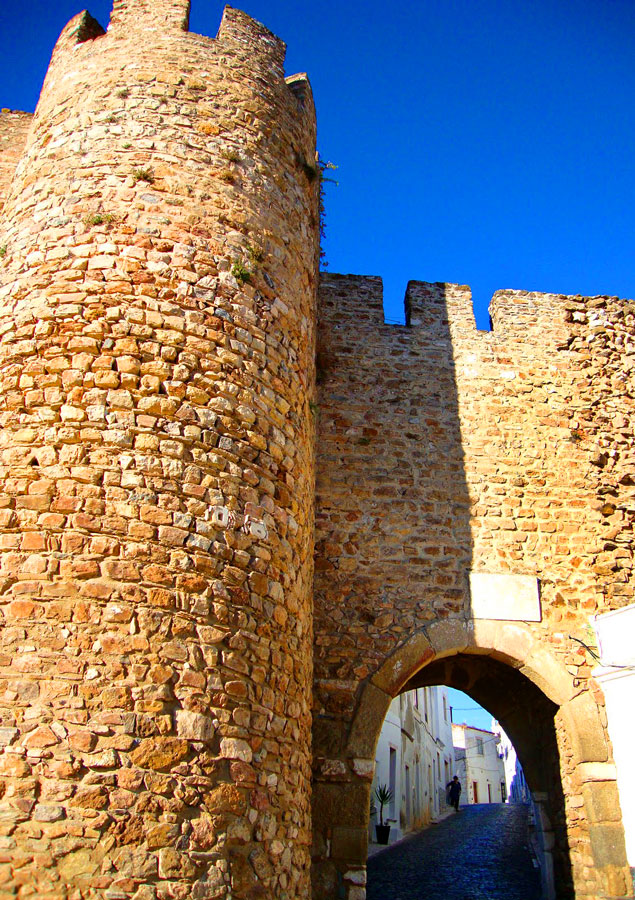
Top places to visit in Portugal’s southern Alentejo region which are near Lisbon.
A short drive away from Lisbon is the beautiful and culturally rich Alentejo region. From our many years of experience running bike tours here, this is what we consider are the best towns to visit in Portugal’s Alentejo.
Read time: 10 min

Inside us there is something that has no name, that something is what we are.”Jose Saramago
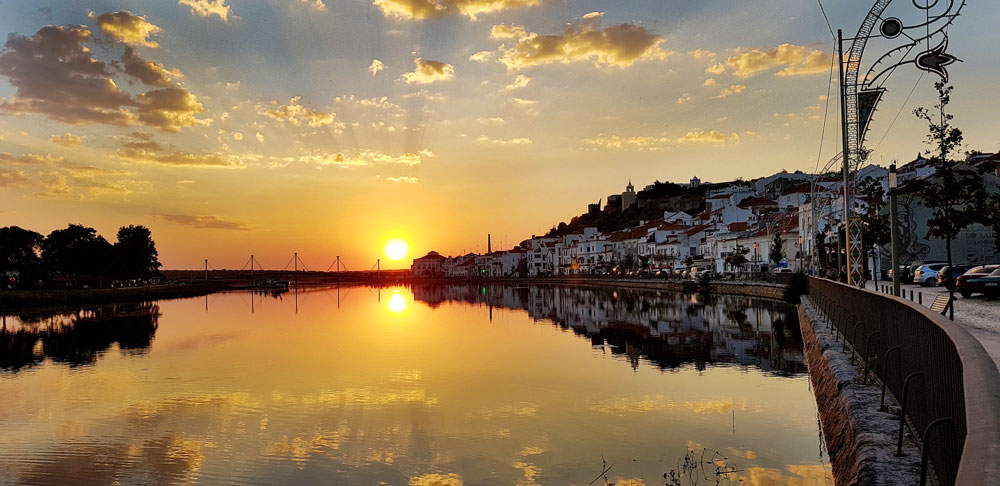
Top places to visit in Portugal’s Alentejo close to Lisbon
Separated by the Tagus River, the Alentejo is the south-central region of Portugal. Mainly rural, it is the biggest but least populated regions in Portugal and is known as the “bread basket”. Ruled by Iberians, Romans, and Moors, its artistic influences are many. It is also very wealthy in natural products and you will find pink marble quarries, cork forests, wine and are famed for a type of polyphonic singing which is very evocative.
What to Look for in the Alentejo
Every Alentejano village and town has some special artisanal significance or unique architecture. Find in each, wonderful pottery, cork products, rugs, delicious olive oil or tasty wine. Castles or convents, each are delightful and worth a stop.
Here are a few, close to Lisbon, of the best towns to visit in Portugal’s Alentejo area for a great day or weekend trip.
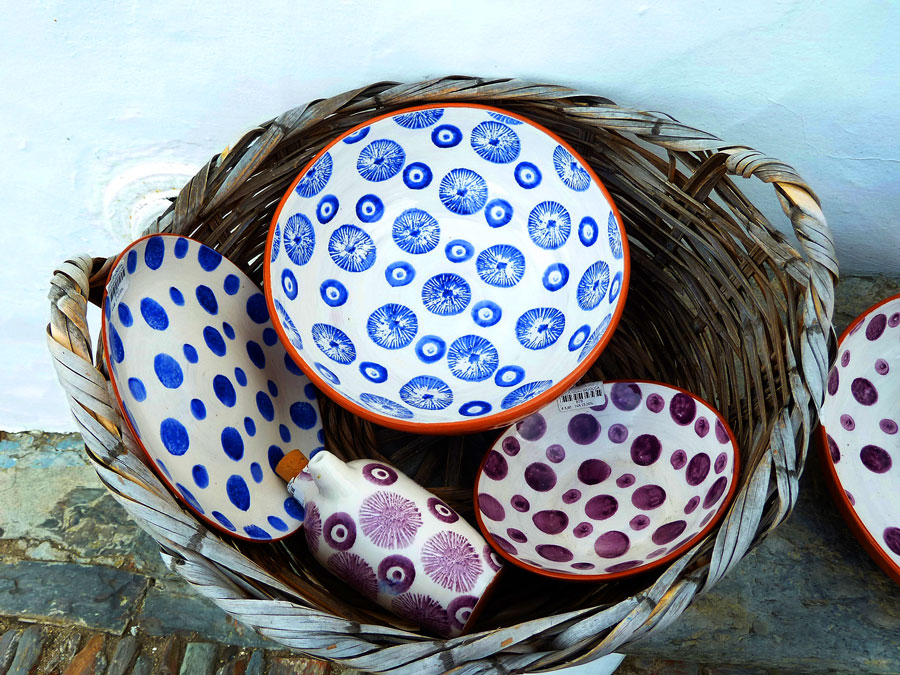
Best Towns to visit in Portugal’s Alentejo, close to Lisbon
- Alcácer do Sal
- Arraiolos
- Beja
- Estremoz
- Évora
- Monsaraz
- Vila Nova Milfontes
- Vila Viçosa
- Explore on your own, there are so many others!
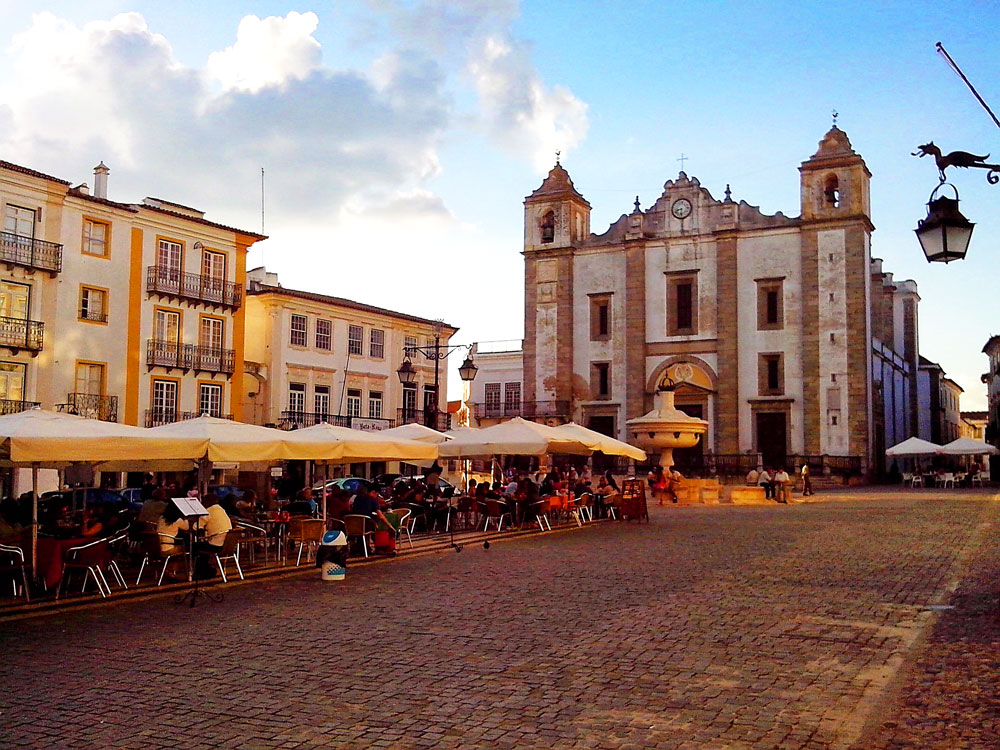
Évora, Town of history and importance
Driving directly west, 1.5 hours from Lisbon centre, come upon historical Évora. Residence of royalty, Évora is a real tapestry of Roman, Moorish and Baroque influence. All of which has been wonderfully preserved in this UNESCO heritage city. The pretty narrow lanes spilling flowers are a delight to explore and the curved arched entrances takes one back to its Arabic heritage.
What not to miss in Évora
Upon seeing its impressive Roman temple, you almost might wish you brought your toga. Dating from the 2nd Century or early 3rd, it is one of Portugal and the Iberian Peninsula’s best-preserved Roman remains. Wander the city gardens and visit the thought provoking Chapel of Bones. A 16th century chapel filled with the bones of 5,000!
A unique sight in Portugal from Neolithic times
Not far from Évora (3 kilometres), is the Cromeleque of Almendres . Dating from somewhere between 6000 and used until 3000 B.C, it is the most important megalithic group in Iberia. Consisting of a huge oval of almost one hundred small rounded granite monoliths, some are engraved with symbolic markings. It is assumed thus, to have been for fertility purposes. Their origins are a culture that flourished in Iberia before spreading north as far as Scandinavia. Several unique stones inhabit the circles including one having a small figure holding a staff and another which has a deity (?) face represented. However, standing on the hillside you can really get a sense of the solitude and spirituality of this place knowing these ancient stones stand like guardians of their secrets.
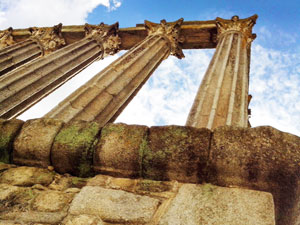
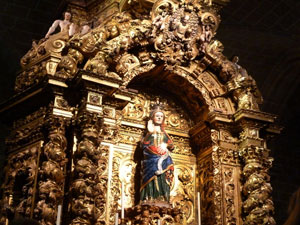
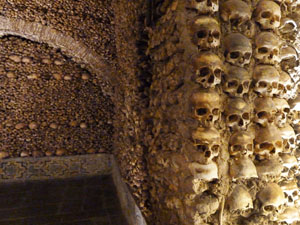
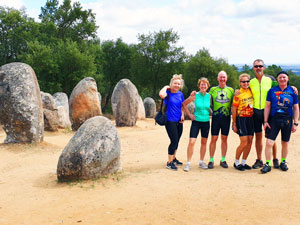
Beautiful Artisan village close to Evora
The craftspeople of Arraiolos (north west of Évora) have perfected the art of hand-made wool carpets and these are displayed throughout its streets. Some of these 17th and 18th century inspired Moorish designs might make the trip home like many a traveller through the ages. Some even hang in London’s prestigious Albert and Victoria Museum. Tile lovers head to the central church, Igreja da Misericórdi to be impressed. Also if you can fit in just one more castle, check out the 14th Century fortress above town with its 360degree view.
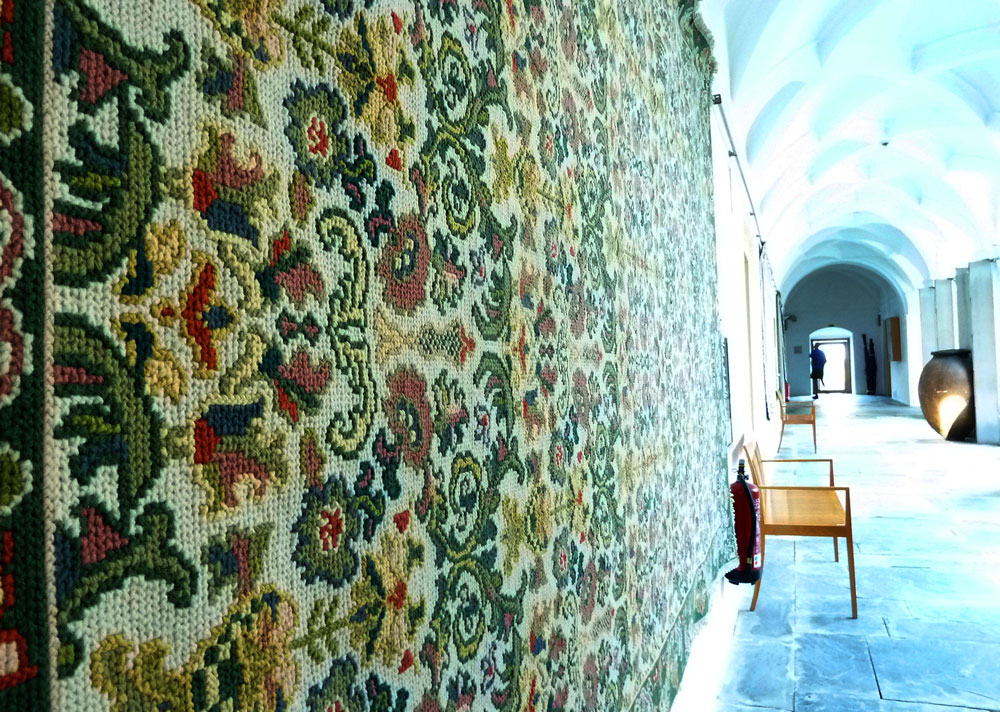
Highlight towns & villages to visit in Portugal’s Alentejo
Travelling eastwards from Évora is Estremoz. Due to its admirable strategic position in the area, the country’s monarchs flocked here. Both to reign in safety, and probably to take advantage of the warm sunlight that floods the area as well. An interesting marble town with old fashioned houses and open plazas it has some delightful buildings. Visit the 14th century castle (now Pousada hotel), and climb its marble tower for amazing sunsets.
What not to miss in Estremoz
Be sure and show up for the weekly market on the large public square, Rossio Marquês de Pombal or wait until their monthly first Saturday of the month. It is fantastic affair with cork products, antiques, local cheeses and live chickens.
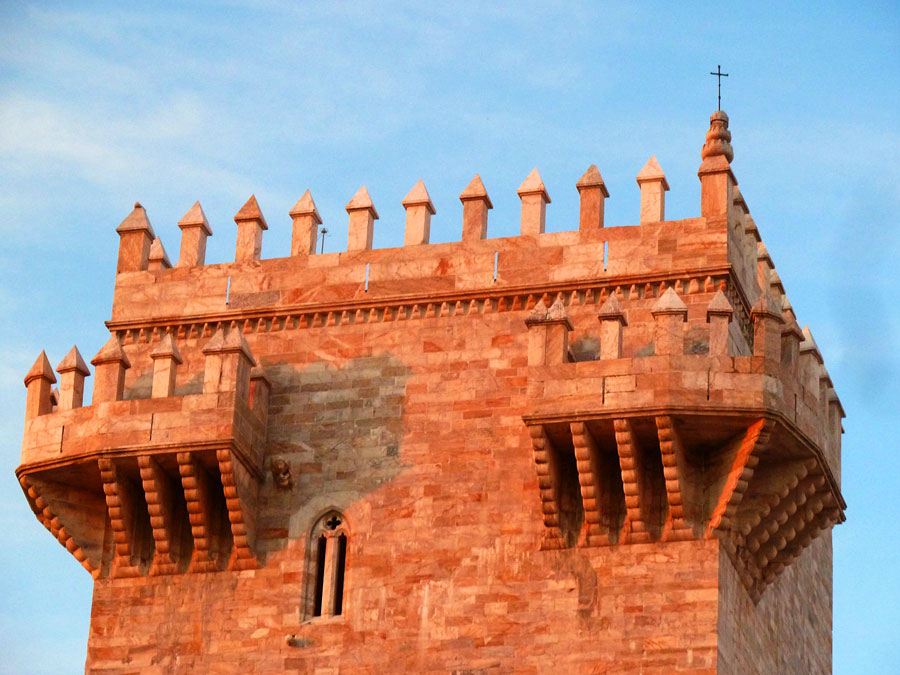
Águas passadas, não movem moinhos” – Water under the bridge do not move Mills,
What is done is done. – Portuguese proverb
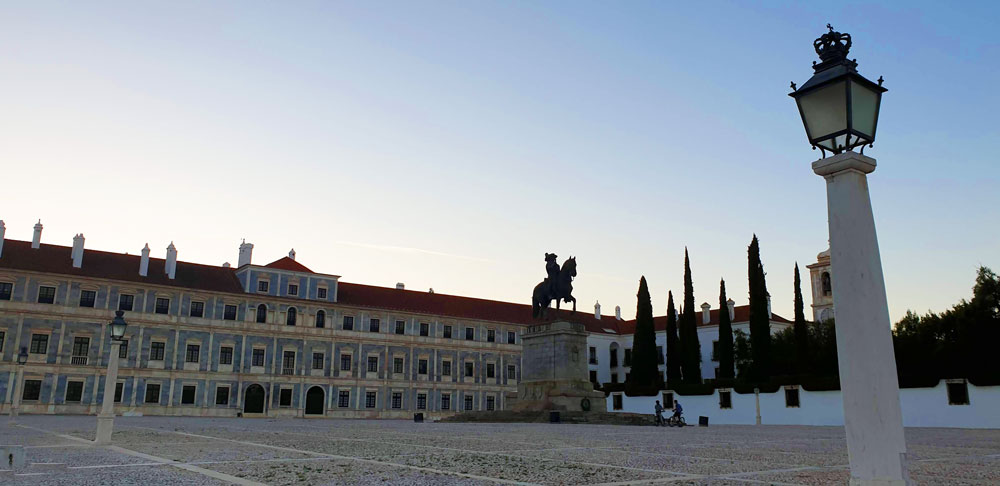
Alentejo’s enchanting marble town
Another one of our favourite top towns to visit in Portugal’s Alentejo is found a short bike ride away west of Estremoz. Pop down the road to one of the Alentejo’s best elegant marble towns, Vila Viçosa,. Resting on the orchard filled hillsides of this most fertile area; this town’s main avenue spreads out regally below its small castle. So pretty, it was even given as a wedding present to Dona Brites, the wife of King Afonso IV.
What to see in Vila Viçosa
Here the former residences of the Braganza dukes and kings, the Ducal Palace are furnished in this area’s pink marble and they are a delight to visit. It’s elegant plaza and hunting museum in the castle are also an easy way to spend time here. Stay next door in the former convent where the ladies of waiting to the queen lived, with its hidden nocks and beautiful tile works. An absolutely charming town.

Quem não tem cão, caça como gato””
Portuguese Saying, One who doesn’t have a dog, hunts with a cat. Make do with what you have
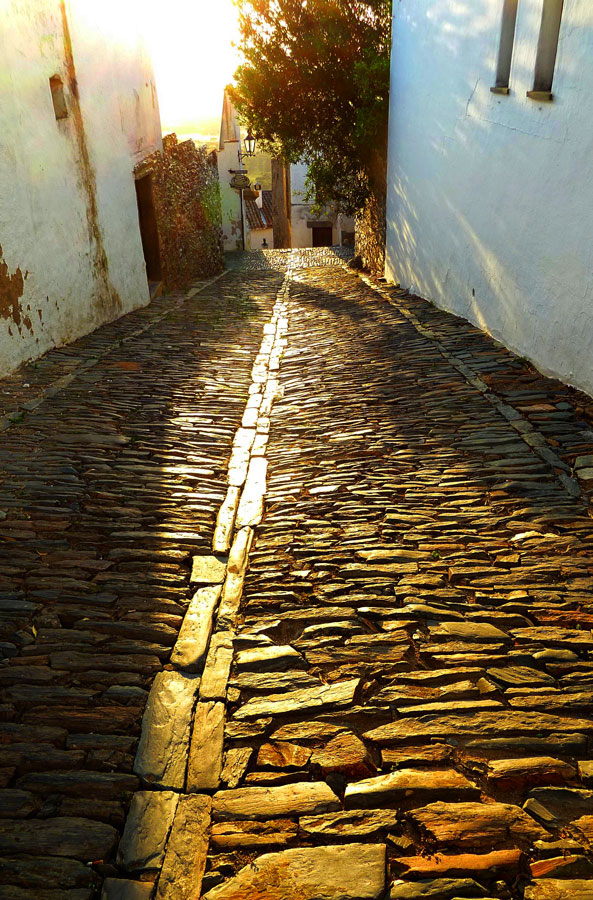
Enjoy the Alentejo’s beautiful southern countryside of olives and wine!
Further south, where you find scorching summer temperatures during July and August, the folk here work diligently in the many industries of farming, olives, cork, and wine.
Beja is one of these hard working place which is in the closest proximity to the southern Algarve area. In the midst of wheat, olives, and cereal fields, Beja is a lovely little town in lower Alentejo. It’s fortified walls hug the town’s charming plazas with Beja’s castle hovering above.
What not to miss in Beja, Portugal
Visit the beautiful Regional museum which has a fine collection. The Museum’s Chapter room (the Nossa Senhora da Conceicao Convent) with its geometric design, Mudejar 16th century tile work and colourful frescos are magnificent and worth the journey. The museum also has a wonderful Visigoth collection as well. Beja’s loving whitewashed alleys with blooming geraniums make it a pretty stop off for good home cooking and a glass of wine in a relaxed Alentejo manner. Here you will start to note the white washed chimneys in the typical Algarve style, a throwback to the Moorish times.
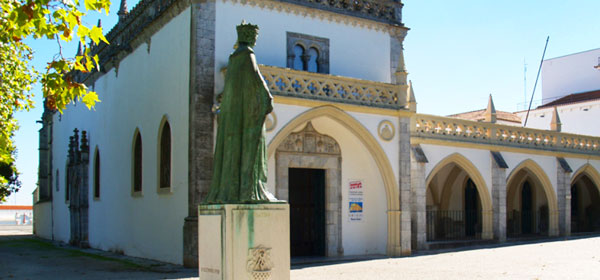
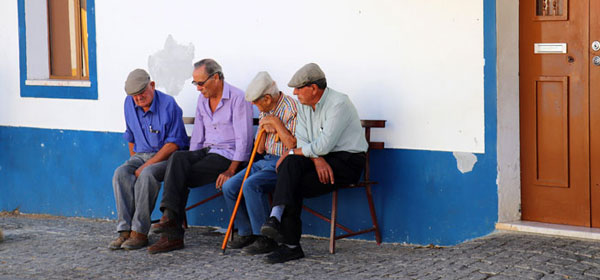
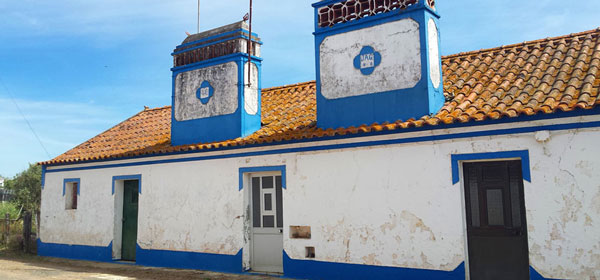
Towards the Atlantic side, a hour and a half drive north from Beja, is lovely Vila Nova Milfontes. Along the Algarve coast there are so many villages which saw some fascinating history of pirates, battles and played part in Portugal´s Golden era of Discovery. Vila Nova is no different, set on the Atlantic it was founded in the 15th century and its 17th century fortress attests to these hardy people. The town itself is very close to several nature preserves, some wonderful bird migratory paths and has some of the best romantically sandy beaches.
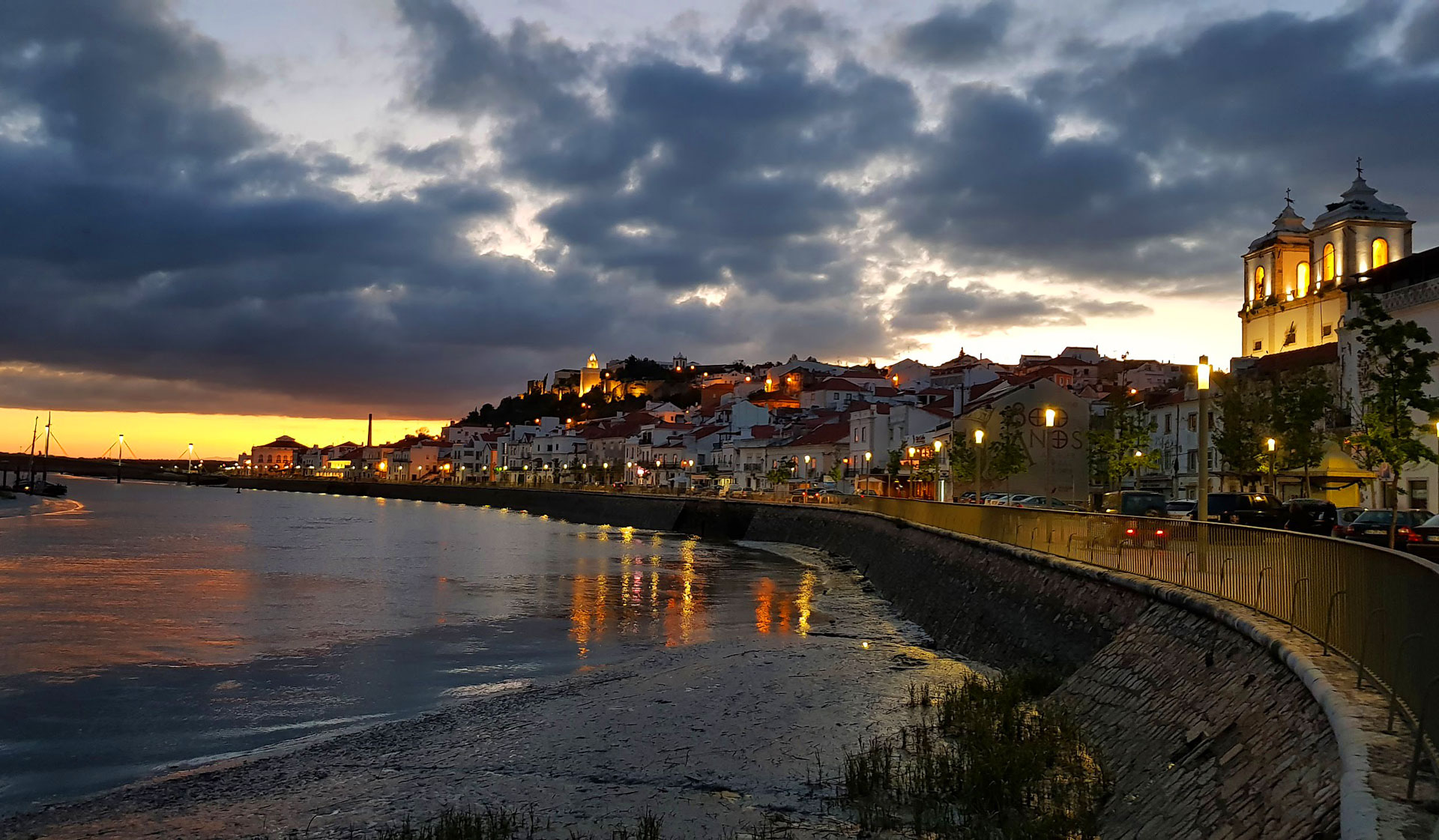
Further north, heading back to Lisbon is one of the nicest riverside towns, Alcácer do Sal. Head inland along the Sado river to the famous town of Alcácer do Sal, which in 1158 was in the thick of the fighting during the Christian Reconquest of the Iberian Peninsula from the Moors. The first part of its name came from Arabic al qasr = “the castle”. The natural park of the Sado river estuary is a protected area (having its own celebrated type of dolphin). The natural park itself is home to over 23,000 hectares of generally wetlands and mudflats. There are Roman remains nearby as there was a large pottery industry here in the first to fourth century. The town itself is one of the most pleasant with its riverside cafes and impressive castle hotel overlooking the river and nearby rice fields. It also has an excellent museum in the crypt.
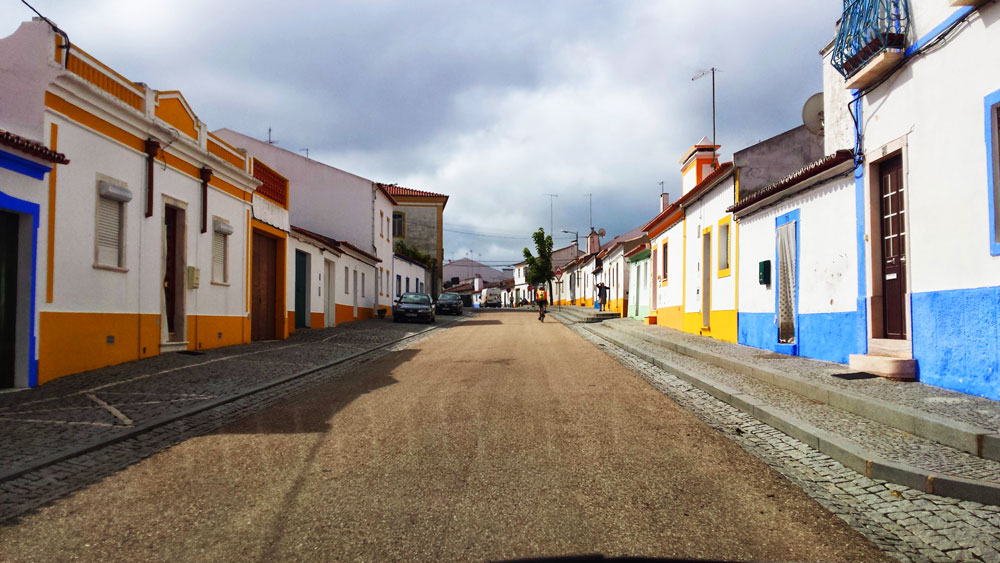
Links
Travelling to LIsbon, why not discover the beautiful Alentejo with our bike tours:
